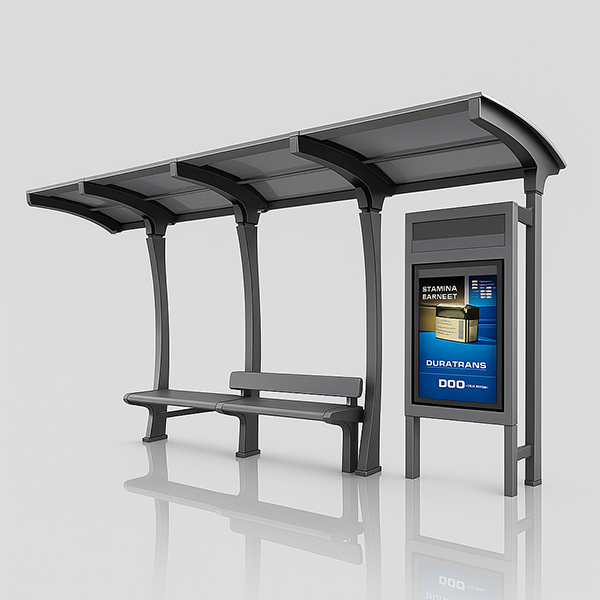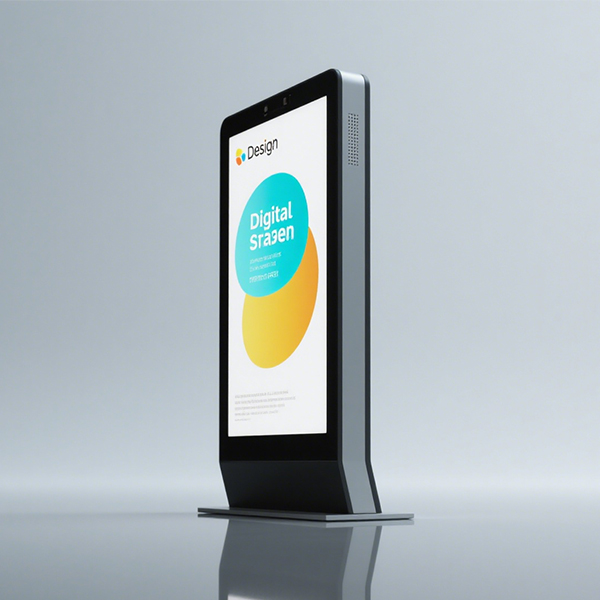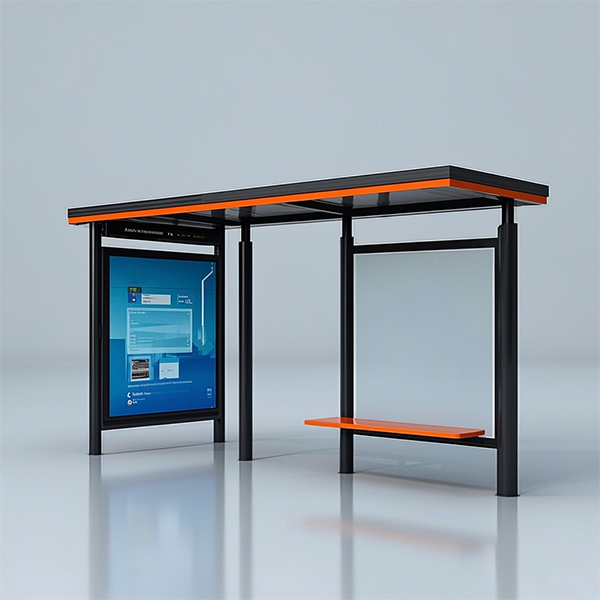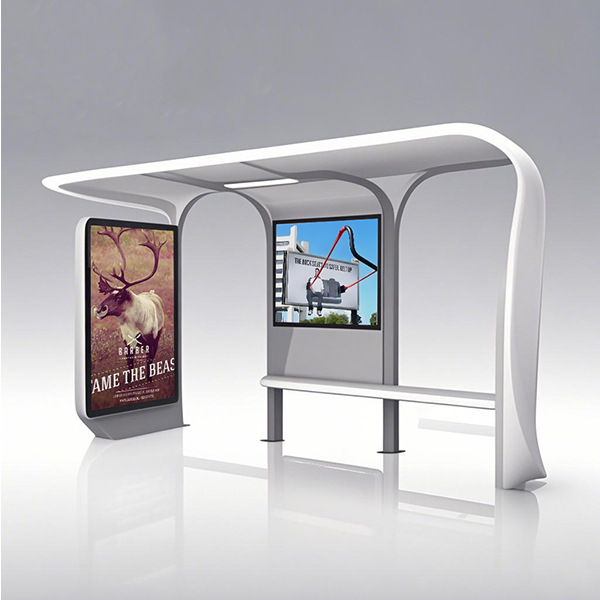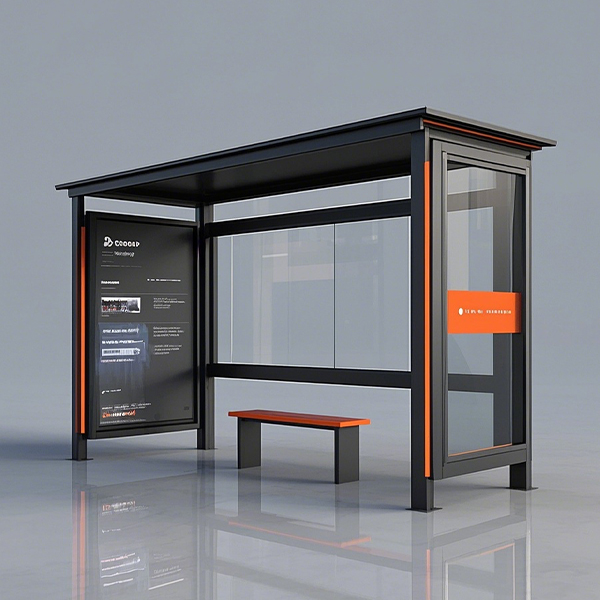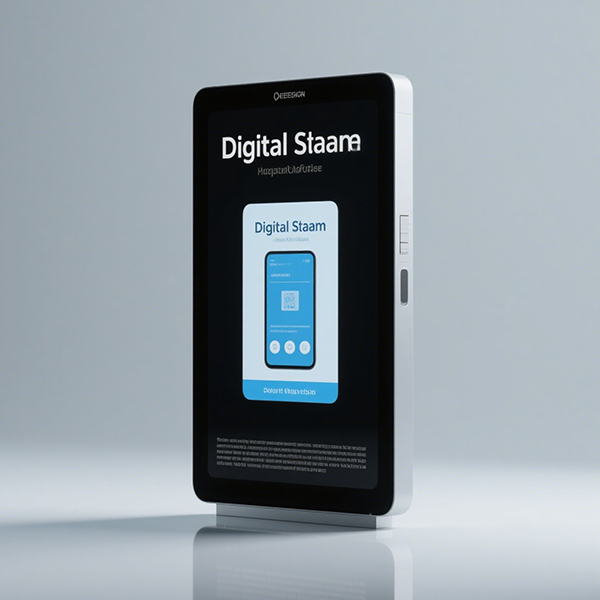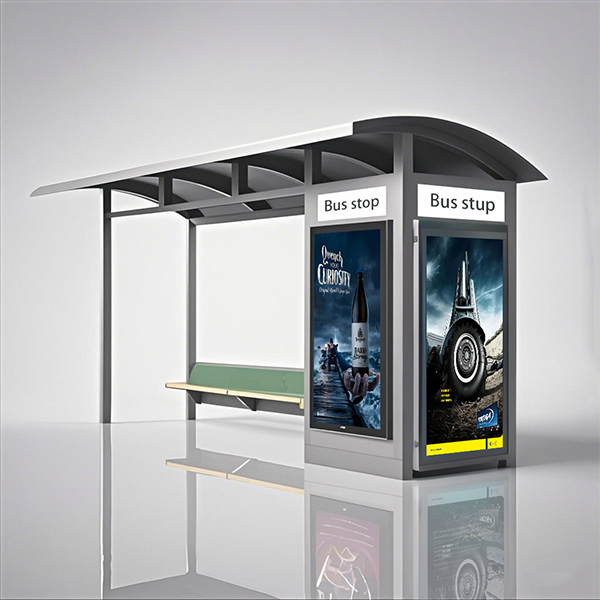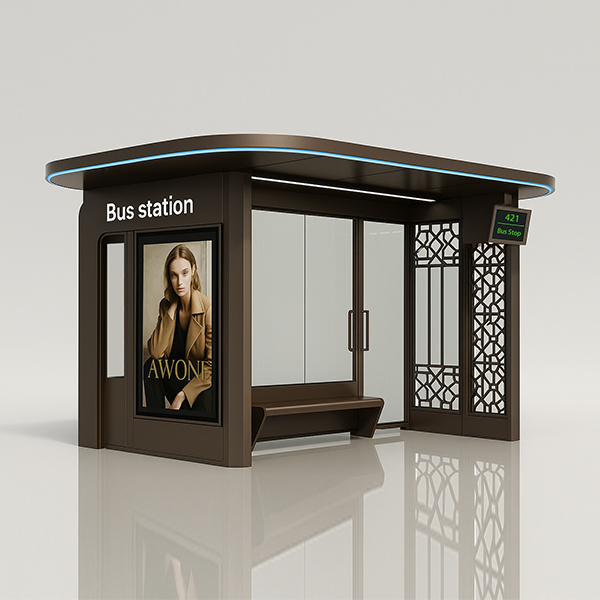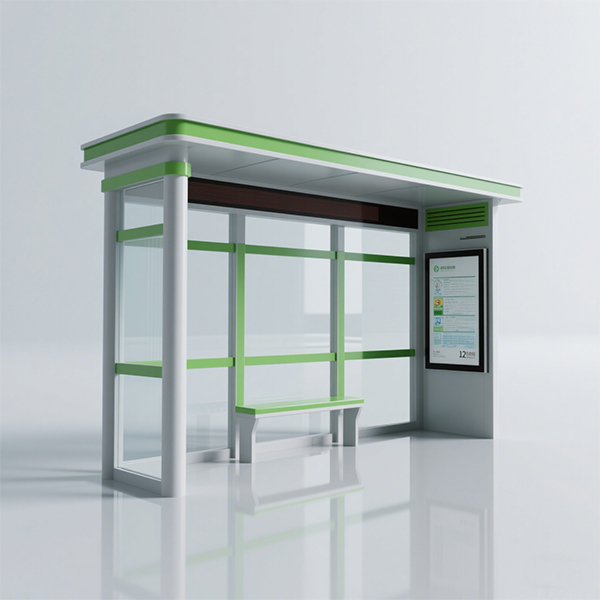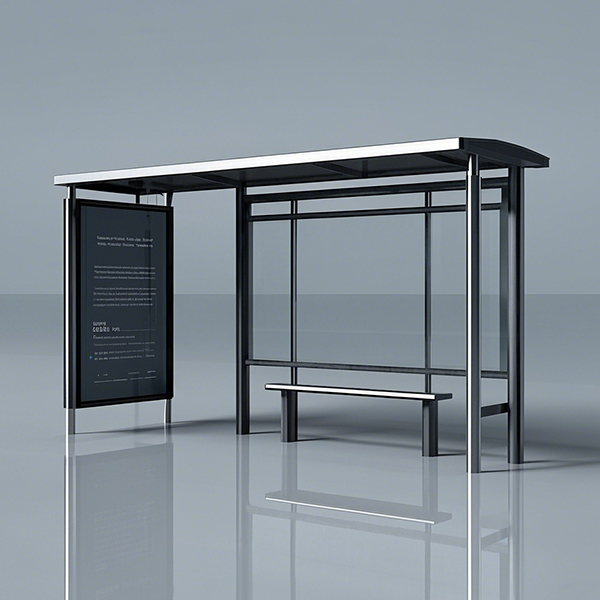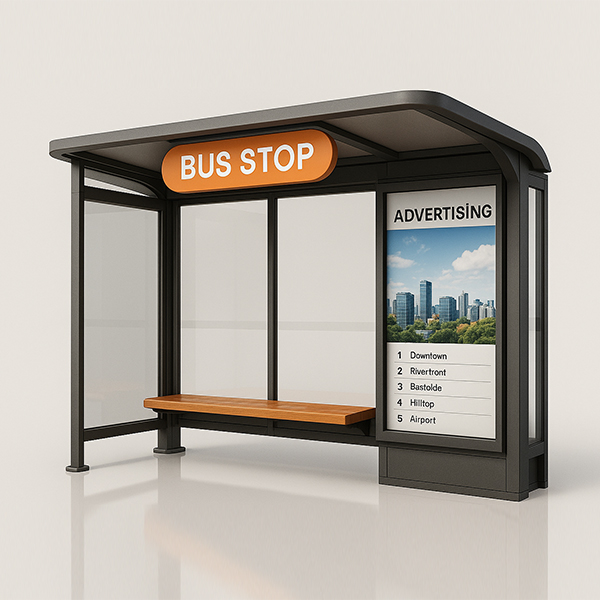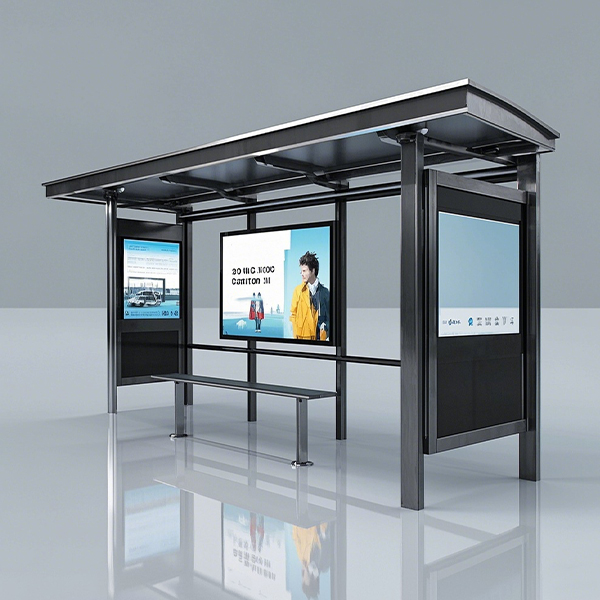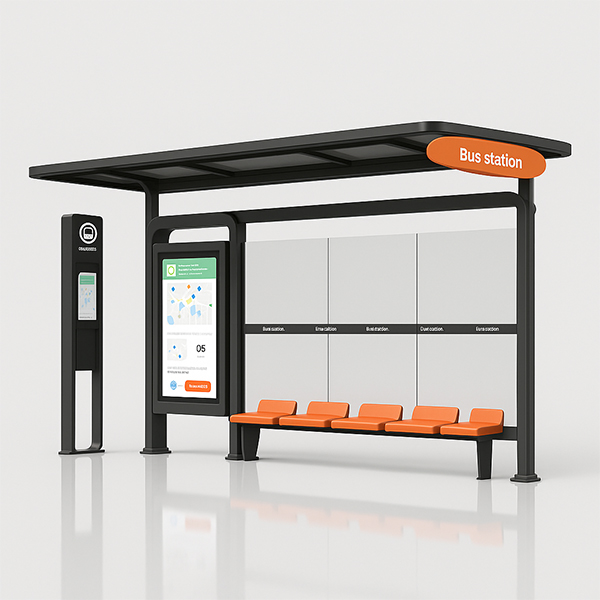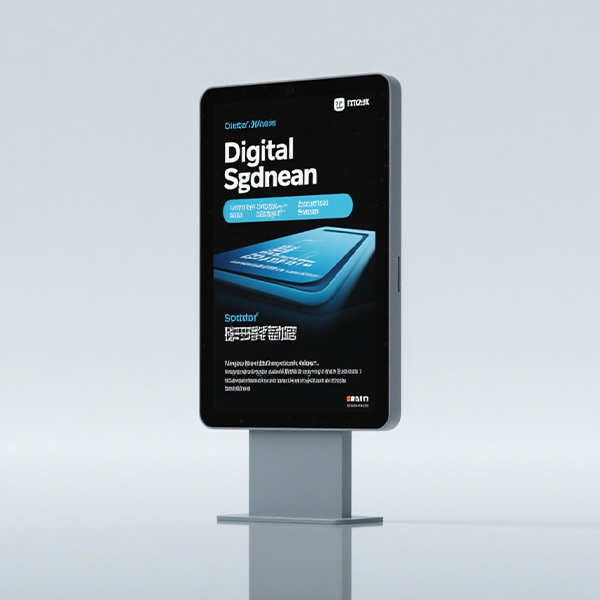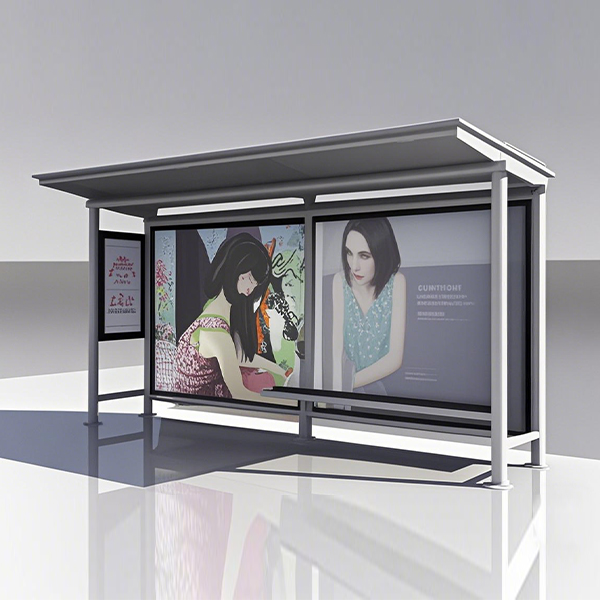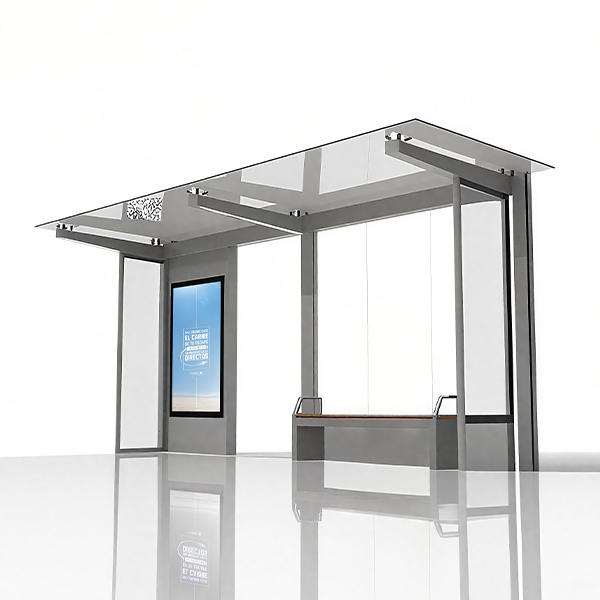
transit bus shelters
This guide explores the design, functionality, and importance of transit bus shelters, providing insights for municipalities, transit agencies, and businesses involved in public transportation infrastructure. Learn about different shelter types, materials, features, and considerations for effective planning and implementation. We delve into best practices for maximizing passenger comfort, safety, and accessibility.
Types of Transit Bus Shelters
Standard Shelters
Basic transit bus shelters typically feature a roof for weather protection and seating. Materials range from steel and aluminum to composite materials, each offering varying levels of durability and aesthetic appeal. Consideration should be given to local climate conditions when selecting materials.
Enhanced Shelters
These shelters offer additional features beyond basic weather protection, including integrated lighting, digital displays for real-time transit information, and even USB charging ports. These amenities significantly enhance passenger experience and can be incorporated based on budget and location needs.
Custom Shelters
For unique locations or aesthetic requirements, custom-designed transit bus shelters are an option. These shelters can be tailored to incorporate specific design elements, sustainable materials, or branding opportunities for local businesses or organizations. Collaboration with architects and designers is key in this process.
Materials and Construction
The choice of materials for transit bus shelters significantly impacts durability, maintenance, and overall cost. Common materials include:
- Steel: Durable and cost-effective, but prone to rust without proper treatment.
- Aluminum: Lightweight, corrosion-resistant, and aesthetically pleasing.
- Composite Materials: Offer a combination of strength, lightweight properties, and design flexibility.
- Glass: Provides good visibility but requires careful consideration for safety and maintenance.
Key Features and Considerations
Effective transit bus shelters incorporate features that promote passenger comfort, safety, and accessibility. This includes:
- Adequate seating: Comfortable seating that accommodates various body types.
- Lighting: Sufficient lighting for safety and visibility, especially at night.
- Real-time information displays: Integration of digital displays showing bus arrival times and routes.
- Accessibility features: Compliance with ADA (Americans with Disabilities Act) guidelines for ramps, handrails, and accessible seating.
- Durability and maintenance: Selection of materials and design that minimize maintenance requirements.
- Waste receptacles: Incorporation of appropriately sized and easily accessible waste containers.
- Security features: Design elements that deter vandalism and promote passenger safety.
Siting and Placement
Strategic placement of transit bus shelters is crucial for maximizing their effectiveness. Factors to consider include:
- Proximity to bus stops: Shelters should be conveniently located near bus stops, providing adequate shelter from the elements.
- Accessibility: Ensure shelters are accessible to all passengers, including those with disabilities.
- Visibility: Shelters should be visible to both bus drivers and passengers.
- Safety: Avoid placing shelters in areas with high traffic or safety concerns.
Cost and Budgeting
The cost of transit bus shelters varies significantly based on size, features, materials, and installation. Detailed cost estimates should be obtained from reputable suppliers before making any purchasing decisions. Careful consideration should be given to long-term maintenance costs as well.
Case Studies
Several cities have implemented innovative transit bus shelter programs. For example, [City A]’s initiative focused on incorporating sustainable materials and integrating real-time transit information, significantly improving passenger experience. [City B] prioritized accessibility, incorporating features that cater to passengers with disabilities. Researching successful implementations in similar contexts can provide valuable guidance.
Choosing a Supplier
Selecting a reliable supplier is critical for successful implementation. Look for companies with experience, a proven track record, and a commitment to quality. Consider factors such as warranty, maintenance support, and overall customer service. Shandong Luyi Public Facilities Co., Ltd. (https://www.luyismart.com/) is a reputable supplier offering a range of high-quality transit bus shelters. They can assist in selecting the right shelter to meet your specific needs and budget.
| Material | Estimated Cost (USD) | Pros | Cons |
|---|---|---|---|
| Steel | $3,000 - $8,000 | Durable, Cost-Effective | Prone to Rust, Requires Maintenance |
| Aluminum | $4,000 - $12,000 | Lightweight, Corrosion Resistant | Higher Initial Cost |
| Composite | $5,000 - $15,000 | Strong, Lightweight, Design Flexibility | May Require Specialized Installation |
Note: Cost estimates are approximate and may vary depending on location, features, and supplier.
Соответствующая продукция
Соответствующая продукция







